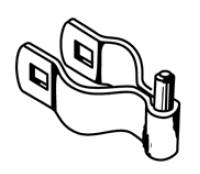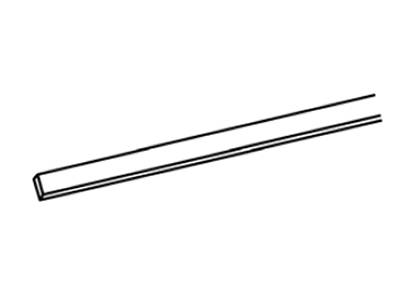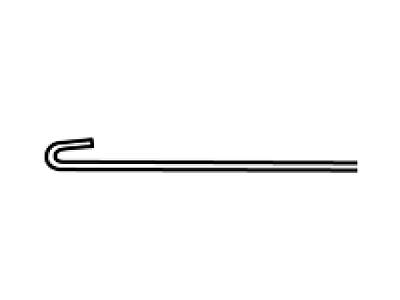
FIG. 1 Brace band

FIG. 1 Brace band

FIG. 2 Corner post

FIG. 3 Diamond count

FIG. 4 End post

FIG. 5 Chain link fence fabric

FIG. 6 Knuckle

FIG. 7 Line post and top rail

FIG. 8 Line post cap

FIG. 9 Post hinge

FIG. 10 Rail end

FIG. 11 Twist

FIG. 12 Top rail sleeve

FIG. 13 Swedge

FIG. 14 Tension band

FIG. 15 Tension bar

FIG. 16 Tie wire